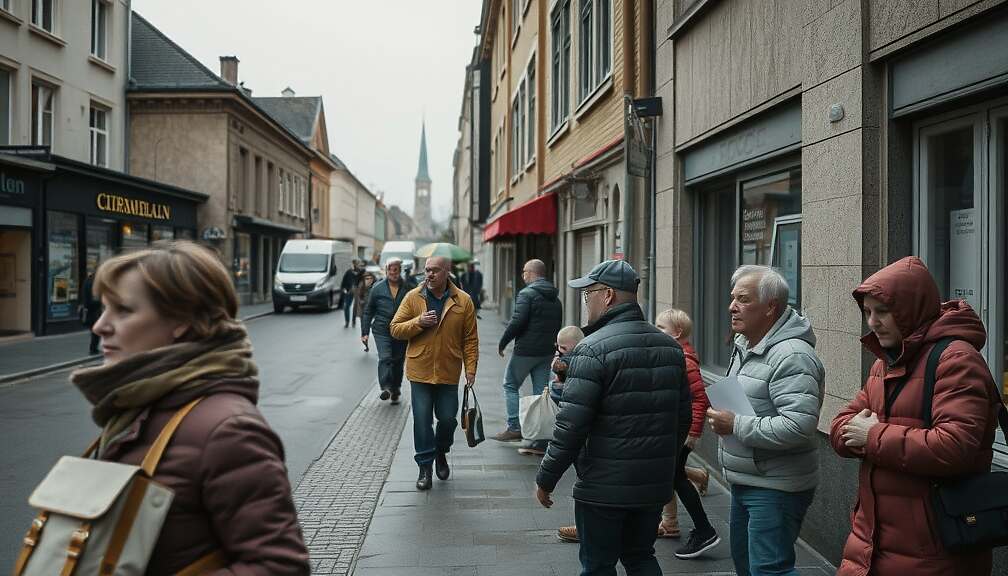Germany’s Happiness Index Reveals Uneven Recovery and Emerging Trends
Germany’s overall life satisfaction has experienced a negligible increase in 2025, according to the annual “Happiness Atlas” released by Süddeutsche Klassenlotterien SKL, raising questions about the long-term impact of recent economic and social shifts.. The slight improvement of just 0.03 points on a scale of 0 to 10 – now standing at 7.09 – demonstrates a concerning lack of significant progress since pre-pandemic levels.
The report highlights a distinct geographical disparity, with eastern Germany exhibiting a more substantial rise in contentment (0.12 points) compared to the near-stagnation observed in the western regions. This divergence is narrowing the historically persistent “happiness gap” between east and west, currently standing at 0.24 points (west: 7.15, east: 6.91). While this reduction suggests a converging of experiences, the underlying structural inequalities contributing to the initial disparity remain a critical point for policymakers to address. The return of the gap to levels seen in the late 2010s signals a potential regression in efforts to bridge this divide.
Regional variations within Germany are also striking. Hamburg maintains its position as the nation’s most satisfied populace (7.33), followed closely by Bavaria and Rhineland-Palatinate (both 7.21). Conversely, Bremen (6.89), Berlin (6.83) and Saarland (6.78) lag significantly behind, while Mecklenburg-Vorpommern remains notably adrift with a score of just 6.06. The stark differences in regional contentment underscore the uneven distribution of economic opportunities and social infrastructure across the country.
Interestingly, the report indicates a generational divide in the recovery. Younger generations have seemingly experienced an uptick in contentment following the pandemic, while older demographics are grappling with the escalating pressures of inflation and increasing social isolation, likely contributing to their diminished sense of well-being. This disparity demands targeted support measures to mitigate the disproportionate impact of recent economic challenges on vulnerable populations.
Beyond the overall scores, a burgeoning trend reveals an intensification of emotional experiences across the population. While the proportion of individuals reporting frequent happiness has risen to 57 percent, alongside this is a discernible increase in feelings of anger and anxiety. This emotional volatility, while not dramatically altering the general impression of well-being, suggests a population navigating complex and potentially unstable circumstances.
The modest increase in overall life satisfaction, coupled with the geographically uneven recovery and rising emotional intensity, presents a complex picture for Germany. It serves as a reminder that enduring prosperity demands more than superficial metrics and necessitates targeted interventions to address persistent inequalities and support the social and economic vulnerabilities impacting various segments of the population. The report implicitly challenges the effectiveness of current policies, suggesting adjustments are needed to foster a truly inclusive and sustainable improvement in the nation’s collective contentment.












